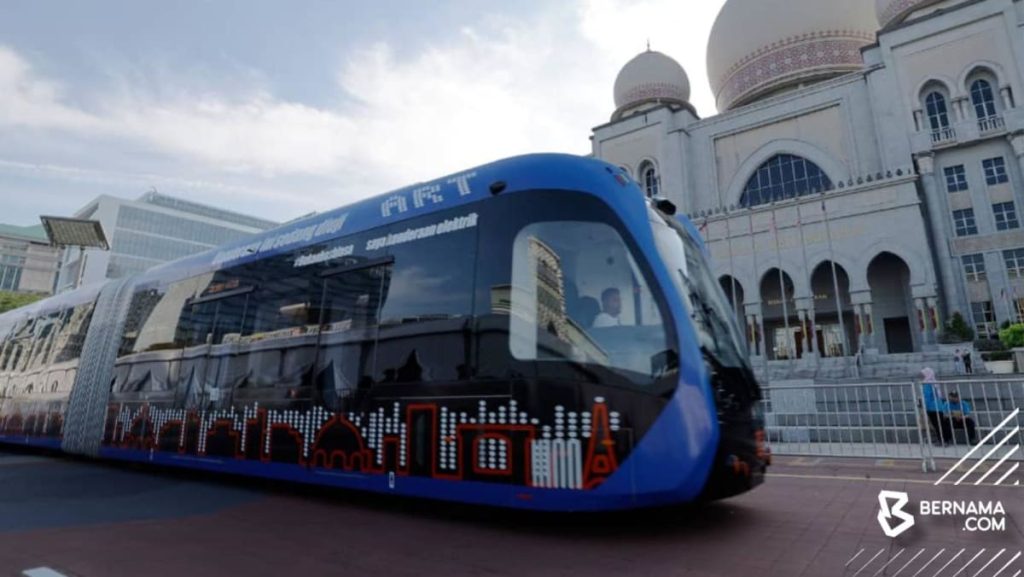bsp;The ART network, which is a driverless electric train system that runs on rubber tires rather than conventional tracks, is seen as a potential solution to increase connectivity and reduce congestion in the Iskandar Malaysia economic corridor. However, experts caution that for the system to be successful, it must be seamlessly integrated with existing and future transportation infrastructure in the region.
The Johor Bahru-Singapore RTS Link, which will connect Bukit Chagar in Johor Bahru with Woodlands in Singapore, is expected to ease congestion at the Johor-Singapore Causeway. However, the project has faced delays and cost overruns, leading to concerns about its long-term viability. By integrating the ART network with the RTS Link, experts believe that the two systems can complement each other and provide a comprehensive public transportation solution for commuters traveling between Malaysia and Singapore.
In addition to the RTS Link, there is also potential for the ART network to be integrated with a revived High-Speed Rail (HSR) project between Kuala Lumpur and Singapore. The HSR project was originally suspended in 2021 due to cost concerns, but there have been talks about reviving the project in the future. By connecting the ART network with the HSR, commuters would have even more options for fast, efficient, and sustainable transportation between major cities in Malaysia and Singapore.
One of the key benefits of the ART network is its flexibility and scalability, as the system can be easily expanded to cover more areas and serve a larger population. This makes it an attractive option for urban planners looking to improve connectivity and reduce reliance on private transportation in rapidly growing cities like Iskandar Malaysia. By integrating the ART network with other public transportation systems, policymakers can create a seamless network that provides commuters with multiple options for getting around the region.
However, there are challenges to overcome in integrating the ART network with existing transportation infrastructure, including technical compatibility issues and coordination between different stakeholders. To address these challenges, experts recommend establishing a comprehensive master plan for integrating the ART network with other transportation systems in the region, as well as conducting thorough feasibility studies to identify potential obstacles and solutions. By taking a proactive approach to planning and coordination, policymakers can ensure that the ART network is successfully integrated with the RTS Link, HSR, and other transportation projects in the region.
In conclusion, transport experts believe that the Autonomous Rail Rapid Transit (ART) network has the potential to revolutionize public transportation in Iskandar Malaysia and enhance connectivity between Malaysia and Singapore. By integrating the ART network with the Johor Bahru-Singapore Rapid Transit System (RTS) Link, as well as a possibly revived High-Speed Rail (HSR) project, policymakers can create a comprehensive and sustainable transportation network that serves the needs of commuters in the region. With careful planning and coordination, the ART network can play a key role in improving mobility, reducing congestion, and promoting economic growth in Iskandar Malaysia and beyond.













